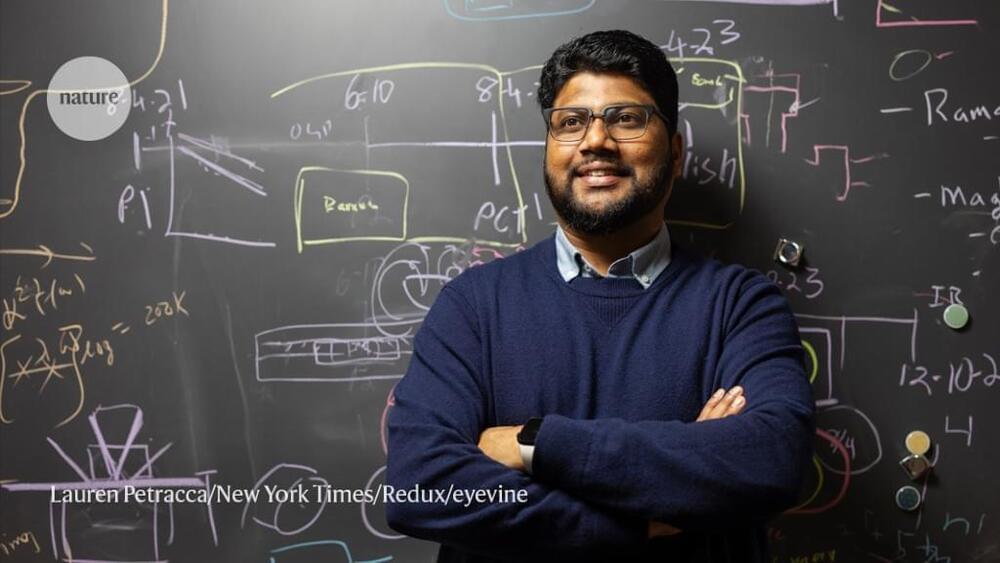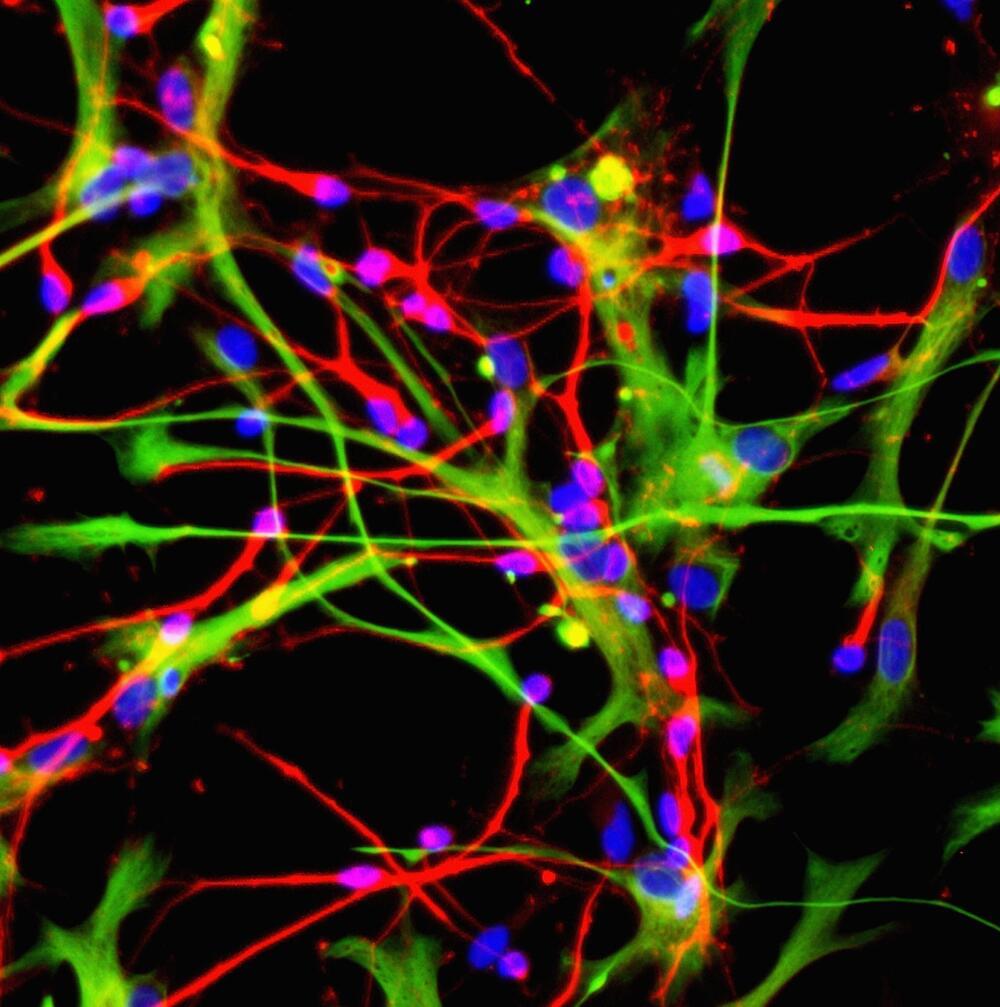Reducing turbulence with heartbeat-inspired flow control.



Hydrogen is often touted as a future energy solution, especially when generated through environmentally friendly methods. Beyond its energy potential, hydrogen plays a crucial role in producing active ingredients and various essential compounds. To generate hydrogen, water (H2O) can be transformed into hydrogen gas (H2) through a sequence of chemical reactions.
However, as water molecules are very stable, splitting them into hydrogen and oxygen presents a big challenge to chemists. For it to succeed at all, the water first has to be activated using a catalyst – then it reacts more easily.
A team of researchers led by Prof. Armido Studer at the Institute of Organic Chemistry at Münster University (Germany) has developed a photocatalytic process in which water, under mild reaction conditions, is activated through triaryl phosphines and not, as in most other processes, through transition metal complexes.
Tiny dents on thin material produce photon-polarizing magnetic fields.
Researchers at Los Alamos National Laboratory have developed a technique that can produce polarized photons more easily and cheaply than existing methods. The technique.
Quantum communication uses photons to carry information, much as classical communication uses electrons. But while classical computers encode information by turning current… More.
Researchers at UC San Francisco and UC Berkeley have developed a brain-computer interface (BCI) that has enabled a woman with severe paralysis from a brainstem stroke to speak through a digital avatar.
It is the first time that either speech or facial expressions have been synthesized from brain signals. The system can also decode these signals into text at nearly 80 words per minute, a vast improvement over commercially available technology.
Disrupted connections between memory and appetite regulating brain circuits are directly proportional to body mass index (BMI), notably in patients who suffer from disordered or overeating that can lead to obesity, such as binge eating disorder (BED), according to new research from the Perelman School of Medicine at the University of Pennsylvania. Published today in Nature, the research notes that individuals who are obese have impaired connections between the dorsolateral hippocampus (dlHPC) and the lateral hypothalamus (LH), which may impact their ability to control or regulate emotional responses when anticipating rewarding meals or treats.
“These findings underscore that some individual’s brains can be fundamentally different in regions that increase the risk for obesity,” senior author, Casey Halpern, MD, an associate professor of Neurosurgery and Chief of Stereotactic and Functional Neurosurgery at Penn Medicine and the Corporal Michael J. Crescenz Veterans Affairs Medical Center. “Conditions like disordered eating and obesity are a lot more complicated than simply managing self-control and eating healthier. What these individuals need is not more willpower, but the therapeutic equivalent of an electrician that can make right these connections inside their brain.”
The dlHPC is located in the region of the brain that processes memory, and the LH is in the region of the brain that is responsible for keeping the body in a stable state, called homeostasis. Previous research has found an association with loss of function in the human hippocampus in individuals with obesity and related disordered eating, like BED. However, outside of imaging techniques such as magnetic resonance imaging (MRI), the role of the hippocampus has been difficult to study in humans with obesity and related eating disorders.

Dias didn’t disappoint. He and his colleagues had created a material — lutetium mixed with nitrogen and hydrogen, or LuNH — that was a superconductor at room temperature, he announced.
That claim, which the scientists published in Nature the next day1, would have been historic — if true. Superconductors conduct electricity with zero resistance, meaning that no energy is lost as heat. But they usually work only at very low temperatures, well below −100 °C, so need expensive refrigeration. This limits their use to niche applications, such as magnetic resonance imaging scans and quantum computing. A superconducting material that needs no cooling could potentially transform electricity generation and transmission, transportation and a slew of other applications.
Dias’s claim was remarkable not only for the material’s balmy operating temperature of 21 °C (294 K), but also because it required comparatively modest pressures. Other teams working with hydrogen compounds, called hydrides, have observed superconductivity at high temperatures, but had to squeeze their samples to hundreds of gigapascals (GPa) — millions of times more than atmospheric pressure. Dias, by contrast, said that his hydride needed just 1 GPa (10,000 times atmospheric pressure): still impractical for real-world applications, but a striking advance. A patent application for LuNH, released in April, goes further, claiming superconductivity at room temperature and pressure.

The recent unveiling of Huawei Technologies’ Mate 60 Pro smartphone has sparked a whirlwind of chatter across political, economic, and technological spectrums. The device, a showcase for China’s growing prowess in semiconductor technology, has left industry insiders debating whether it signifies a significant milestone in the US-China technology cold war.
Ever since Huawei was blacklisted by the US in 2020, denying it access to state-of-the-art American chip technologies, the tech giant has been cloaked in secrecy. In this mysterious atmosphere, the launch of Mate 60 Pro has become the subject of intense scrutiny, primarily due to the chip powering it—dubbed Kirin 9000s.

To understand why this is a big deal, for a long time its been understood that (to vastly oversimplify things) the brain is primarily composed to two kinds of cells: glial cells, which are basically the brain’s infrastructure; and neurons, which communicate with each other with chemicals called neurotransmitters at special sites called synapses.
InnovationRx is your weekly digest of healthcare news. To get it in your inbox, subscribe here.
Add another layer of complexity to our understanding of the brain. Researchers at University of Lausanne have discovered that a heretofore unknown class of cell is also involved in the complicated internal communications of the brain. The research was published Wednesday in Nature.
China plans to broaden a ban on the use of iPhones in sensitive departments to state companies and government-backed agencies. Tom Mackenzie reports on Bloomberg Television.
——-
Follow Bloomberg for business news & analysis, up-to-the-minute market data, features, profiles and more: http://www.bloomberg.com.
Connect with us on… Twitter: https://twitter.com/business Facebook: https://www.facebook.com/bloombergbus… https://www.instagram.com/bloombergbu…
Twitter: https://twitter.com/business.
Facebook: https://www.facebook.com/bloombergbusiness.
Instagram: https://www.instagram.com/bloombergbusiness/
SpaceX has stacked Ship 25 atop Booster 9, and Elon Musk has tweeted ‘Ready for Launch’, NSF’s team examines Starship’s Hardware in this LIVE roundtable discussion.
In our new update show “Countdown to Launch” we will update you regularly on all things Starship flight 2. The goal is to answer all the questions you have about the upcoming launch campaign.
24/7 Coverage: nsf.live/starbase.
🔍 If you are interested in using footage from this video, please review our content use policy: https://www.nasaspaceflight.com/content-use-policy/
⚡ Become a member of NASASpaceflight’s channel for exclusive discord access, fast turnaround clips, and other exclusive benefits. Your support helps us continue our 24/7 coverage. ⚡
🔍 All content copyright to NSF. Not to be used elsewhere without explicit permission from NSF.
